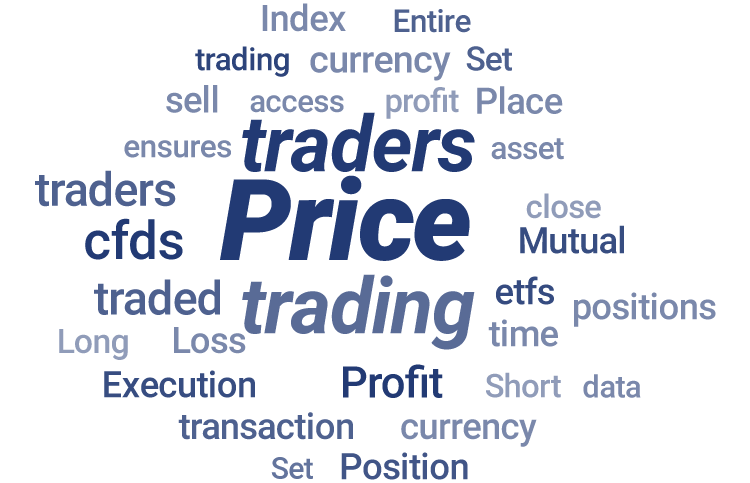How to Trade the S&P 500?
The S&P 500 is made up of the 500 largest market cap companies that trade in the United States. The S&P 500 index can be traded indirectly by using mutual funds or ETFs made up of stocks or futures, or it can be traded via Contracts for Difference (CFDs).
Traders could choose to mimic S&P 500 trading by purchasing stocks or futures from each of the 500 companies. However, it would be difficult and time-consuming to keep track of the correct mix of shares in the basket.
Traders can also work with a broker and purchase mutual funds or ETFs that include a representation of S&P 500 stocks or futures in their baskets. These are already set up to be representative of the makeup of the index. However, brokers tend to charge large commission fees and have slower execution times than other alternatives.

Trading on the S&P 500
Traders may choose to use CFDs to trade the S&P 500 on the Plus500 platform. In this way, you can trade on the movement of the S&P 500 without having to buy any of the underlying assets. CFD trading allows you to trade the index using leverage, which means you only have to put down a portion of your position’s value when you enter a trade, instead of the entire value of the position, such as when you are purchasing mutual funds or ETFs.
The Plus500 platform offers fast order execution, which potentially reduces slippage. Additionally, CFD trading with Plus500 on indices doesn’t incur commissions, and instruments are offered with tight spreads.
CFD traders can also potentially profit in falling markets. On the Plus500 platform, traders can open Buy and Sell positions (go ‘long’ or go ‘short’). When traders go long, they believe that the price of the index will rise in the future. However, unlike mutual funds and ETFs, traders can also go short if they believe the index’s price will fall in the future. In either case, traders should remember that trading CFDs is risky and can result in the loss of their entire capital.
When using the Plus500 platform, there are two ways to trade on the S&P 500 using CFDs, futures CFDs and options CFDs.*
Futures CFDs - Futures trading involves opening buy or sell positions on an instrument and then taking a profit or loss on the difference in the instrument’s price from the beginning to the end of the transaction. Traders open a Buy (or Long) position if they believe the asset’s price will rise in the future. Traders open a Sell (or Short) position if they believe the asset’s price will drop in the future.
Options CFDs* - When trading options CFDs, traders are speculating on the future price (strike price) of an underlying instrument such as a stock, index or commodity. For more information on options trading, you can read more here.
Benefits of Trading S&P 500 CFDs
Leverage
Trading CFDs with leverage and tight spreads can provide an increased potential for both profits and losses when compared to traditional mutual funds and ETFs, which are acquired without leverage through brokerages. With mutual funds and ETFs, you will need to purchase S&P 500 positions at a 1:1 ratio, by setting aside the full value of the instrument. CFDs, on the other hand, only require you to put down a small percentage of the index’s value. However, any profit or loss is the same as if you had set aside the full value of the position.
If the index is traded at a 1:5 leverage, you would need to put down 20% of the value of the asset, and at 1:20 leverage, you only need to set aside 5% of the instrument’s opening position value. Whenever the trade closes, your profit or loss is calculated based on the entire value of your position, not on the amount that was set aside to open the trade. It is important to remember that both your opportunities for profit and your potential losses are magnified when using leverage.
For example, if you wanted to open 10 Buy positions of the S&P 500 while it was trading at $3840 with 1:20 leverage, you would only need to put down $192 for each position you wanted to order, instead of the full $3840. If the price went up to $4000, you would make $1600. However, if the price went down to 3680, you would lose $1600.
Rapid executions
CFD trades can be opened within seconds on the Plus500 platform, potentially making the effects of slippage much smaller. This makes it easier to know the price at which your positions will actually open or close. Mutual Funds and ETFs typically have an increased risk of slippage because their settlement time is slower and prices can change in between when you place an order and when it is executed. Slippage can either be negative, if you receive a worse price than you requested, or positive, where you receive a better price than you requested.
*Instruments availability subject to regulation.